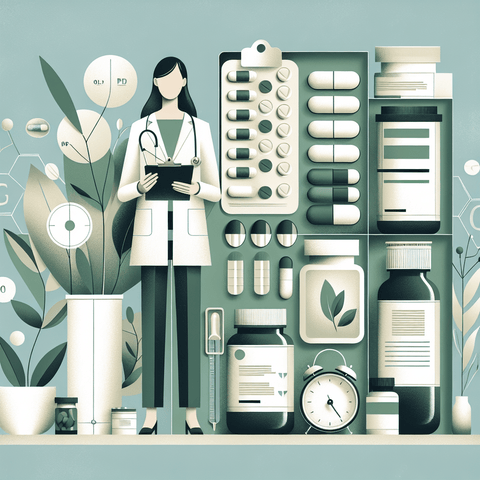Learn how herb and medication safety can prevent dangerous interactions and side effects. This page focuses on practical tips, red flags, and steps you can take to protect yourself by understanding how herbs and medicines can interact and by organizing information you share with care providers. Practical tips include keeping an up-to-date list of every herb, supplement, and medication you use. Bring this list to every health care visit, and share it with clinicians and pharmacists. Before starting any new herb or supplement, check with a qualified professional about potential interactions. Read product labels and ingredient lists, and avoid using multiple products that share the same active components. Do not change doses or stop therapies without professional guidance. Red flags to watch for include new or unusual symptoms after starting a herb or medication, a change in how well a therapy seems to work, or unexpected reactions when combining products. If you notice any of these signals, pause use and seek guidance from a clinician or pharmacist promptly. Interactions can occur even with products that seem harmless, so staying vigilant is a key part of herb and medication safety. Steps to protect your health involve collaborating with healthcare professionals, disclosing every substance you use, and using reliable resources to check for interactions. Establish a simple plan to review your regimen regularly, keep a clear checklist for discussions at appointments and in emergencies, and ensure your care team has access to your current information. By applying these practices, you support ongoing herb and medication safety.

